There is a range of small rodents commonly kept as pets. Some are fairly easy to tame and enjoy human interaction while others are more timid. Several tend to be more active at night, which might not fit with some people’s lifestyles. Still, they are fairly low-maintenance pets if you provide them with the appropriate housing, exercise, and diet. If you’re looking for a small, furry companion, here are 10 of the best small rodents to choose from.
#1 Syrian Hamster
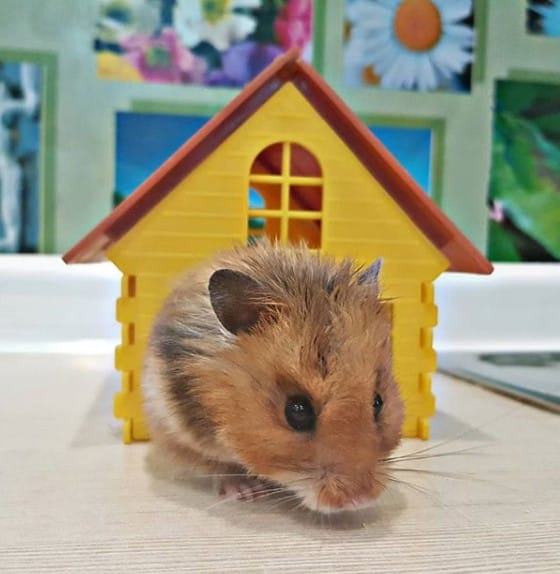
Also known as golden or teddy bear hamsters, Syrian hamsters live around two to three years. They are typically solitary animals that need their own housing. Hamsters handled from a young age usually have an agreeable temperament. But they are nocturnal and can be grumpy if woken during the day.
#2 Dwarf Hamster
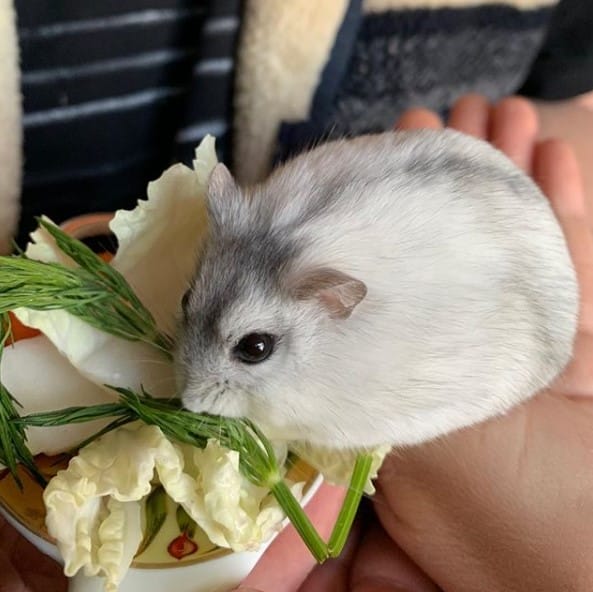
Some dwarf hamsters can be social with other hamsters of their own species and can be housed in same-sex pairs or small groups. They can live up to three years. Although dwarf hamsters have a reputation for being a little nippy, most are easy to handle with a gentle touch.
#3 Chinese Hamster
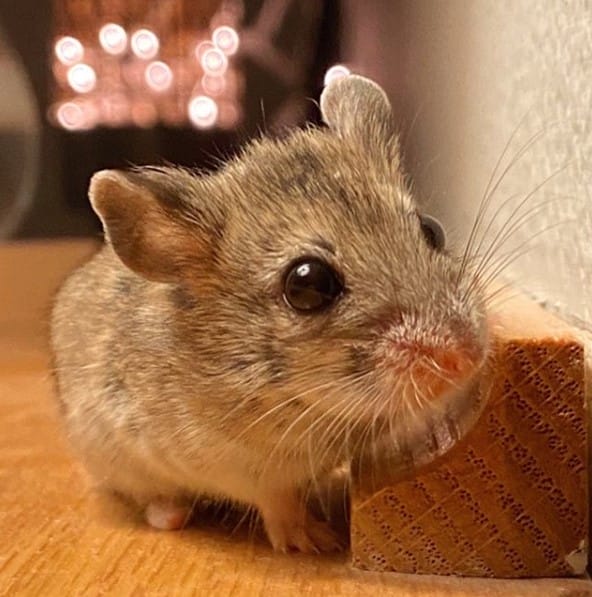
Although they aren't true dwarf hamsters, Chinese hamsters still are quite small. They're less common pets than other hamster varieties. Because they're so small and quick, they might be a challenge for some people to handle. They require a cage with bars they cannot squeeze through (or a glass aquarium).
#4 Mongolian Gerbil
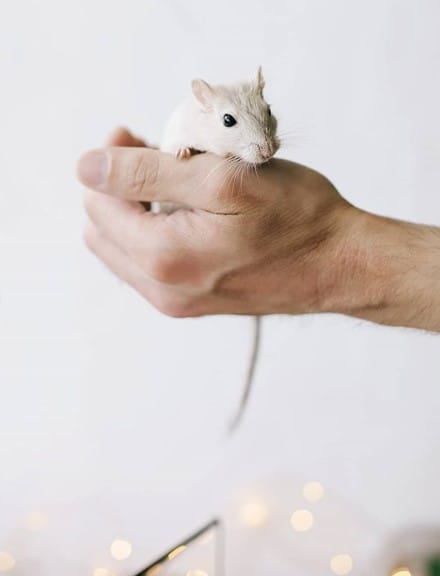
Gerbils are very active and social animals, and they are happy in a same-sex pair or small group. It is best to acquire them when they are young for easier bonding. With regular handling, gerbils can become quite tame. But their high energy level can make them difficult to hold.
#5 Fancy Mouse
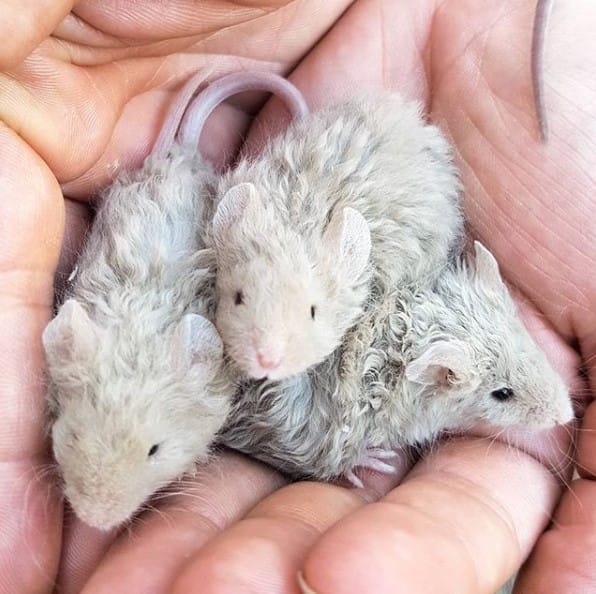
Although they're quick and skittish, mice can become quite tame if handled regularly. Many learn to take food from their caretaker's hand. They live one to three years on average.
#6 Common Rat
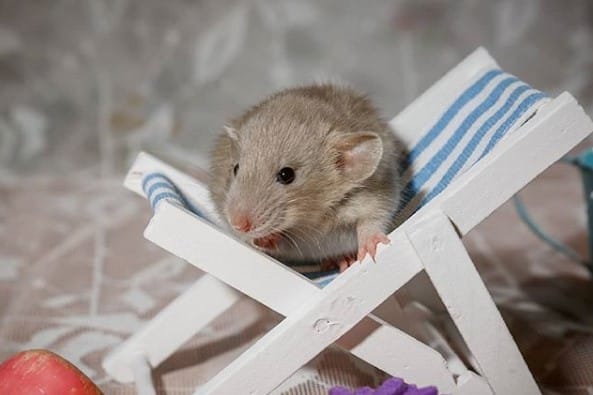
Rats live an average of two to four years. They are very social, so it's best to keep a same-sex pair. With regular handling, they can become very tame and enjoy human companionship. They need out-of-cage time for social interaction and exercise and can even be taught some simple tricks.

